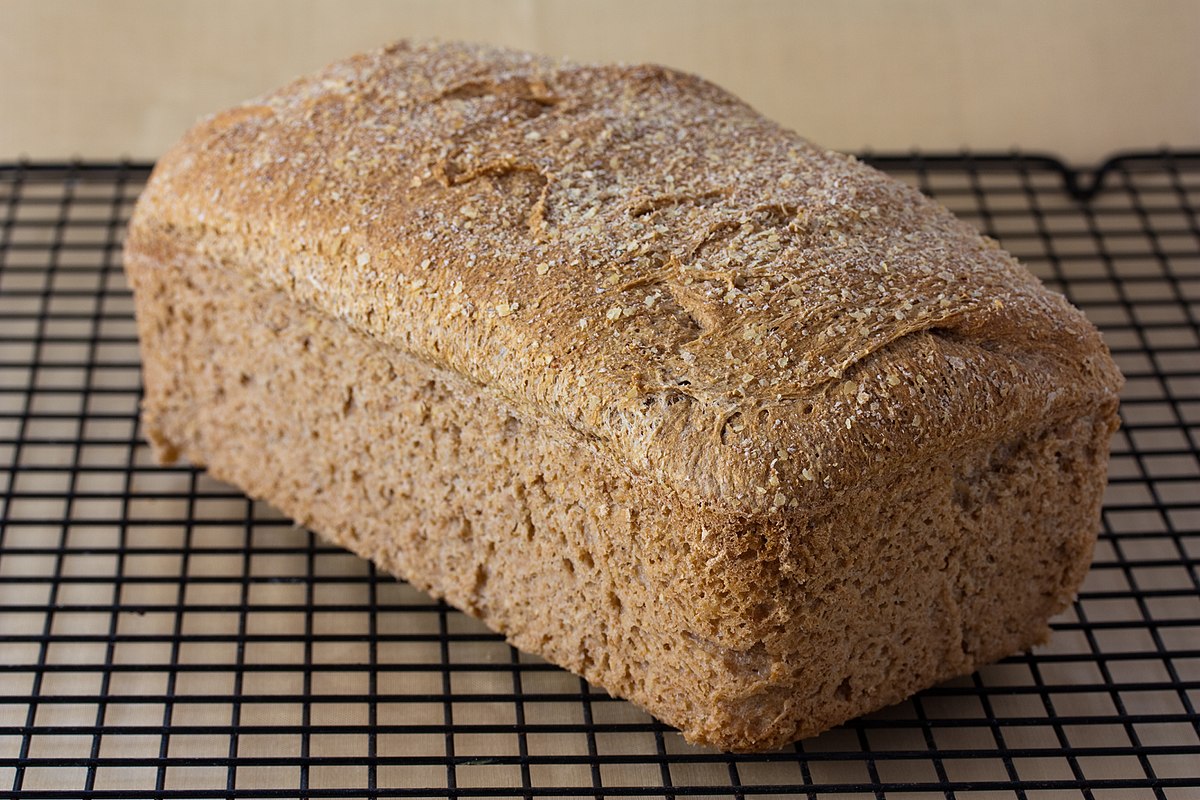Whole Wheat Bread: A Nutrient-Packed Choice
Whole wheat bread, a hearty and wholesome loaf made from whole wheat flour, has gained popularity in recent years due to its numerous health benefits. Unlike white bread, whole wheat bread retains the entire wheat kernel, including the bran, germ, and endosperm. This means it’s packed with essential nutrients, fiber, and antioxidants.
The Benefits of Whole Wheat Bread
- Improved Digestive Health: The high fiber content in whole wheat bread promotes regular bowel movements and helps prevent constipation.
- Lower Risk of Chronic Diseases: Regular consumption of whole wheat bread has been linked to a reduced risk of heart disease, type 2 diabetes, and certain types of cancer.
- Weight Management: The fiber in whole wheat bread can help you feel fuller for longer, reducing your overall calorie intake.
- Boosted Energy Levels: The complex carbohydrates in whole wheat bread provide sustained energy, keeping you alert and focused throughout the day.
Choosing the Right Whole Wheat Bread
When selecting whole wheat bread, look for products with whole wheat flour listed as the first ingredient. Avoid bread labeled “wheat bread” or “multi-grain bread,” as these may contain refined white flour.
Here are some tips for choosing a healthy whole wheat bread:
- Check the Ingredient List: The first ingredient should be whole wheat flour.
- Look for Minimal Added Sugars: Opt for bread with low sugar content.
- Consider the Fiber Content: Higher fiber content is generally better.
- Check the Sodium Content: Choose bread with lower sodium levels.
By incorporating whole wheat bread into your diet, you can enjoy a delicious and nutritious food that supports your overall health and well-being.
Would you like to learn more about other whole grain foods or have any other questions about whole wheat bread?
